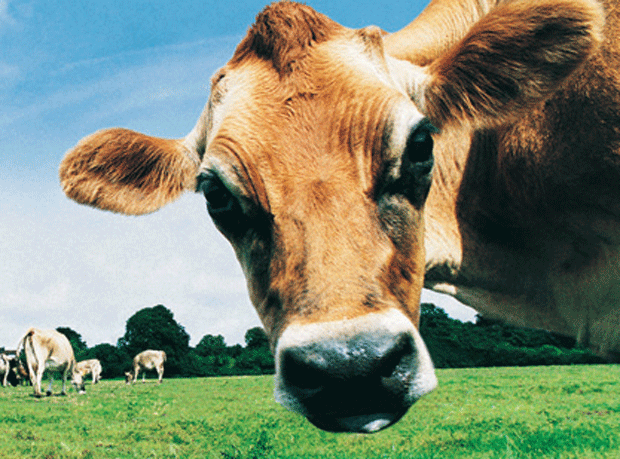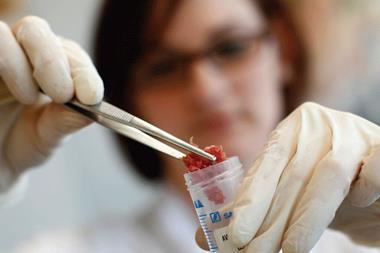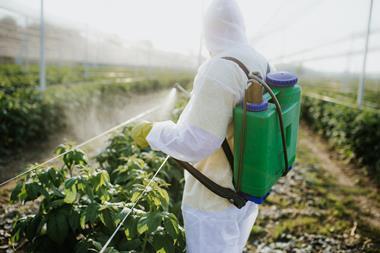Horsegate was first and foremost a beef industry problem, but ask Catherine Brown, CEO of the FSA, about the long-term legacy of the scandal and she wants to talk not about beef – but about poultry.
It sounds counterintuitive, but Brown believes to learn from horsemeat, one must not get caught up in the specific detail of the scandal (that is, horse DNA being found in processed beef products) and instead look to the broader lessons it offers the entire food chain.
Chief among those: the need for trustworthiness at all levels in the supply chain, and a much clearer understanding of who is responsible for ensuring food is safe and as it’s described. And that’s where poultry, and the FSA’s work on battling the campylobacter bug – a major cause of food-related illness – comes in.
1%
The FSA’s threshold level was a pragmatic measure to determine gross contamination or adulteration of meat. Where horsemeat has been found at levels above 1%, the FSA insisted it be tested for bute.
“For me, the real big step forward that I see in the whole regulatory environment we operate in is that it is now really clearly established – and pretty much universally accepted – that it is the responsibility of those who profit from selling food to make sure it’s safe to eat and that it is what it claims to be,” says Brown. “That has quite significant ramifications, and for me the big potential in this is in the work we’ve been doing on campylobacter.”
Problems like campylobacter are being taken more seriously because the food industry recognises it cannot afford to rock consumer trust with another scare, Brown claims. “Now when I talk to retailers particularly – but also everybody in the production chain of chicken and poultry – there’s a real sense of urgency about addressing the issue.”
Brown is also keen for industry to increase supply chain transparency by making more data on traceability and assurance publicly available. And by that she doesn’t necessarily mean DNA test results: although the FSA still publishes quarterly updates on industry horse test programmes (and will continue to do so for the foreseeable future), it’s clear Brown has other priorities. “The next problem of authenticity is very unlikely to be horse in beef, so to some extent it’s of secondary interest to me to continue to publish endless statistics specifically about sampling for horsemeat,” she says. “To demonstrate their trustworthiness, I would really encourage retailers and industry to consider publishing a much wider range of their control data.”
Even where DNA tests are concerned specifically, changes could be afoot soon. At the height of the scandal, the FSA put in place a 1% tolerance threshold for horse tests, but it has since commissioned a range of studies to assess if this is indeed the most appropriate threshold, with the results set to be discussed during the FSA’s next board meeting later this month. Industry may yet find it will have to test to a lower threshold than 1% in the future.
As for the FSA’s own testing efforts, those are moving on too. The next major food authenticity issue Brown has in her sights is not adulteration but provenance: she has commissioned isotope tests on a range of foods sold as ‘British’ in retailers and foodservice outlets – including beef, apple juice, tomatoes and pork.















No comments yet